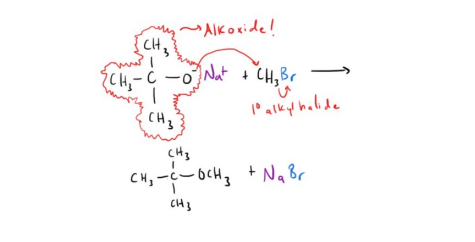Reaction Types
1/33
There's no tags or description
Looks like no tags are added yet.
Name | Mastery | Learn | Test | Matching | Spaced |
|---|
No study sessions yet.
34 Terms
Acid Catalyzed hyrdation of an alkene (acid and water or H3O+)
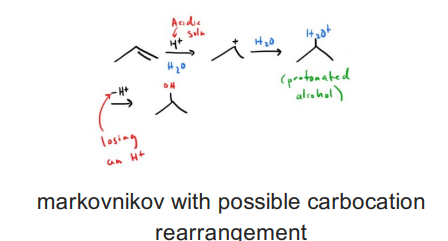
Addition of HX to an alkene
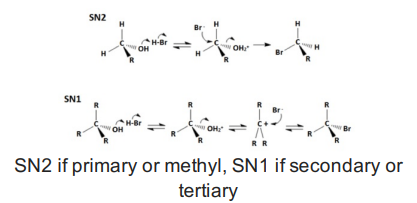
Alcohols to alkyl halides (ROH with HX)
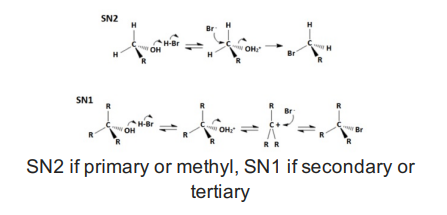
Alcohols with PBr3
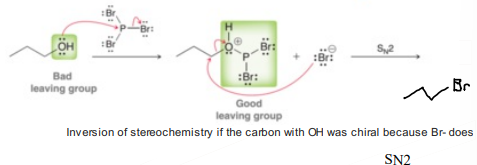
Alcohols with SOCl2
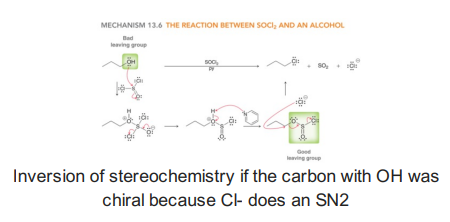
Alkene with CH2I2 and Zn(Cu)
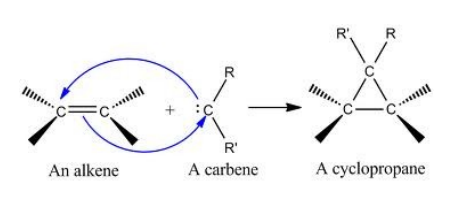
Alkene with CH2N2

Alkene with CHCl3 and Strong Base

Alkene with KMnO4 (Cold), dilute OH- or 1)OsO4 2)Me2S
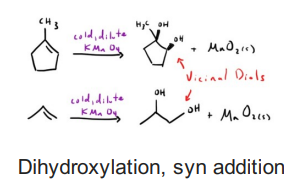
Alkene with KMnO4 (Hot), OH

Alkyne Hydrogenation (3 types)
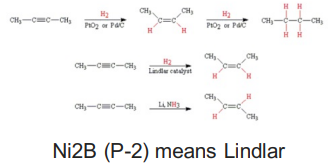
Catalytic Hydrogenation (H2, metal)
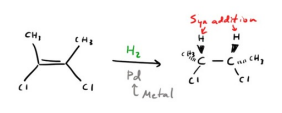
E1 Reaction
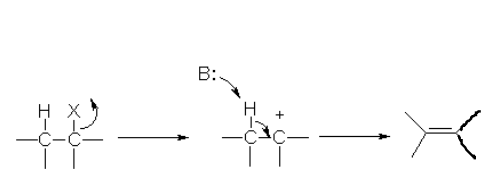
E2 Reaction

Epoxide Reacting with Acid

Epoxide reacting with base (good nucleophile)
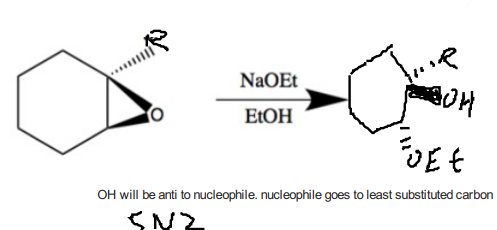
Free Radical Addtion to alkene (HBr, ROOR) Propagation
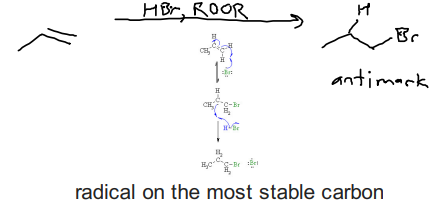
Free Radical Halogenation (Cl2 or Br2 with heat or light)
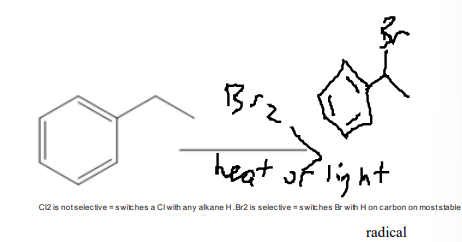
Halogenation of an alkene (X2)
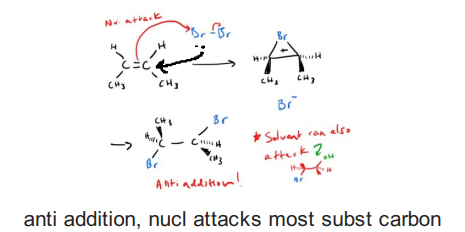
How to Cleave an Ether!
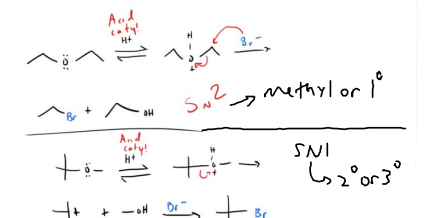
Hydroboration 1)BH, THF 2) H2O2, OH
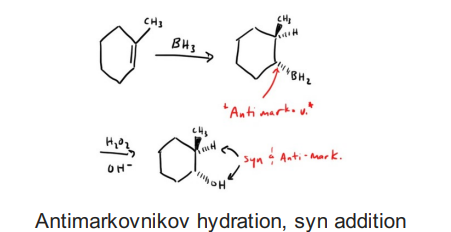
Intermolecular Dehydration of Alcohols (ROH with H2SO4)
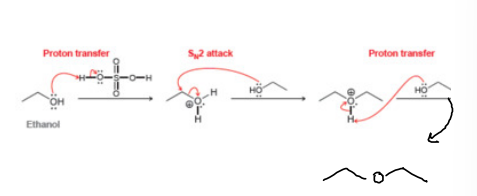
NBS with heat or ROOR
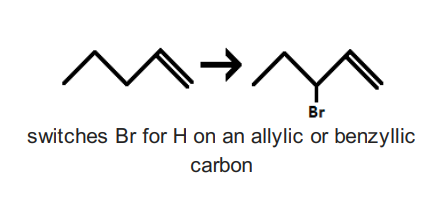
OTs, OTf, OMs
Good leaving groups
Oxymercuration/Demercuration 1) Hg(OAc)2, H2O 2)NaBH4, OH
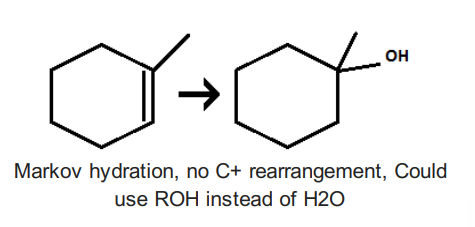
Ozonolysis 1) O3 2) Me2S or Zn
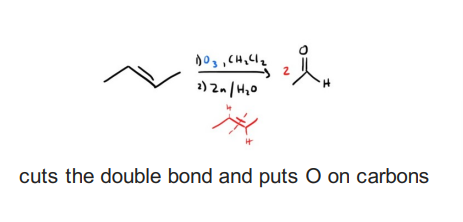
Peroxycarboxylic acids (McPBA) or COOOH
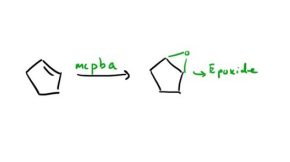
Protecting Groups (ROH with TBSCl)
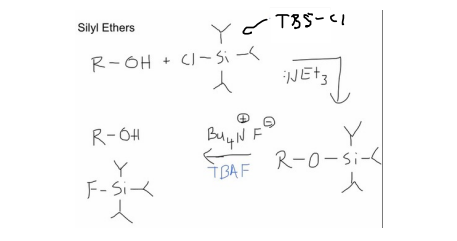
Sn1 Reaction
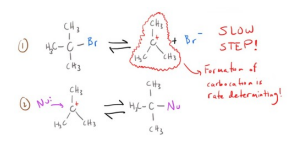
Sn2 Reaction

Strong Bases
N-, O-, C-, H- except: CN-, COO-, N3
Synthesis of Alkyne starting from dihalide
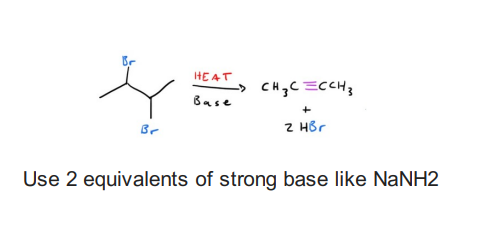
Synthesis of Alkyne using acytelide ion

William Ether Synthesis RO- with R-LG
